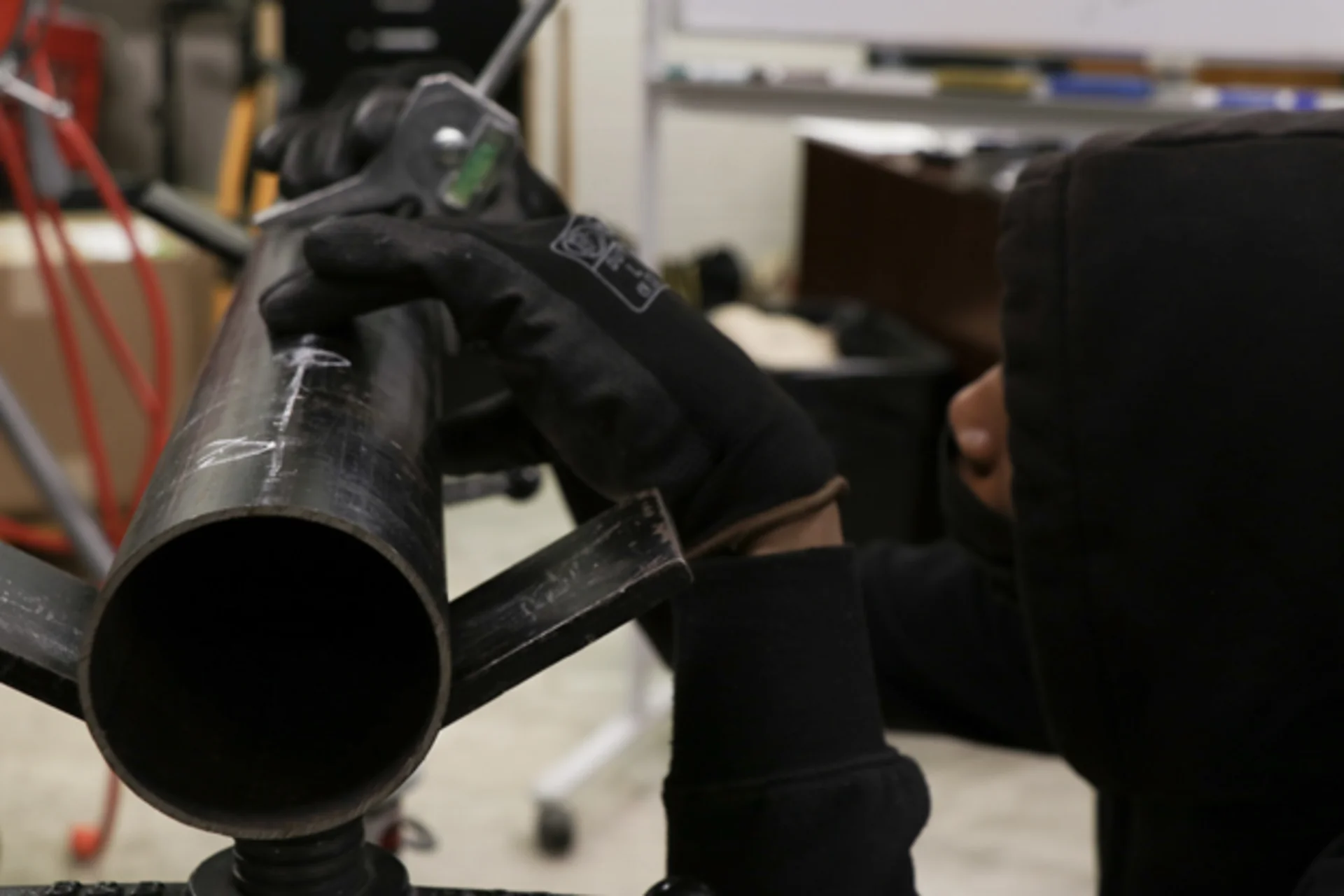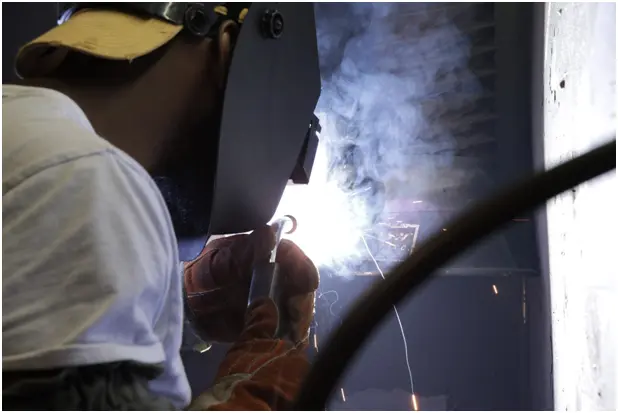In Philadelphia’s underserved neighbourhoods, US trade schools are fast becoming gateways to reliable careers and renewed self-worth. As skilled trades in demand surge from electricians to medical technicians, residents are trading dead-end jobs for high-growth careers.
This shift isn’t just anecdotal; it’s measurable. Backed by job placement rates, community investment, and real success stories, US trade schools offer more than training; they offer transformation. With trade school degrees providing quicker, affordable access to the trades jobs, this movement is rewriting what opportunity looks like in Philly.
In the heart of Philly, demand for skilled workers is reshaping how young people and adults view education. US trade schools are meeting this moment, offering hands-on pathways to careers with immediate value.

Philadelphia mirrors a national trend of a critically short supply of electricians, welders, and health technicians. This shortage pushes employers to partner directly with trade schools to recruit trained talent.
Entry-level skilled trade workers earn between $45k and $60k annually, with growth potential and benefits. That’s more than many liberal arts graduates, and without the crushing student debt.
The median annual wage of skilled trade workers in Philadelphia-metro is 55,243, compared to 47,428 in the United States.
The blue-collar profession is losing its stigma. Young people view trade work as an honoured, safe, and well-paying profession, not as backup but as the express lane.
Apprenticeship, which is funded by the union and training funded by the employers, allows students to earn and learn in the process. This model attracts the attention and patronage of underserved regions that are stable.
The individuals entering US trade schools do not intend to pursue a career; they are attempting reinvention. The programs are structured to be freely available and helpful, and they are a second opportunity for those holding GEDs, single mothers, etc.

Consider the example of a single mother named Jameela, who lives in North Philadelphia, and went through a medical assistant program in less than a year, now earning more than $ 48,000 annually. Or Marcus, a 23-year-old without a college education, is now creating smart homes.
Such schools target former learners who struggled to excel in everyday settings. They work with students where they are, offering flexible schedules, mentorship, and practical assistance.
These degrees are not decorative; they are helpful. They provide citizens with comfort, a framework, and credentials to enter family-supporting employment.
Are you wondering what specific opportunities US trade schools are preparing students for? If you know where to look, the current market reveals a clear roadmap to prosperity.
U.S. Bureau of Labour Statistics projects growth of 48% in solar installers and 60% in wind turbine technicians by 2033.

Electrical, plumbing, automotive technicians and construction are among the most in-demand. Many programs can be completed in under 12 months.
Some roles require a license, while others require only a certificate. US trade schools walk students through these distinctions and help them meet state qualifications affordably.
Career services in trade schools actively match graduates with companies the day they qualify. These aren’t job boards; they’re job bridges.
Fields like EV infrastructure, electrical installation, and welding are exploding. These “new trades” are high-tech and high-paying, redefining what a trade job looks like.
In a city still battling inequality, US trade schools are opening doors that colleges once closed. The shift from access to trade jobs to building wealth in blue-collar families is undeniable. As skilled trades jobs in demand accelerate and trade schools’ degrees multiply, Philly’s working class finds a new route to dignity and dollars. This isn’t charity; it’s strategy, and the data proves it works.
Read More: